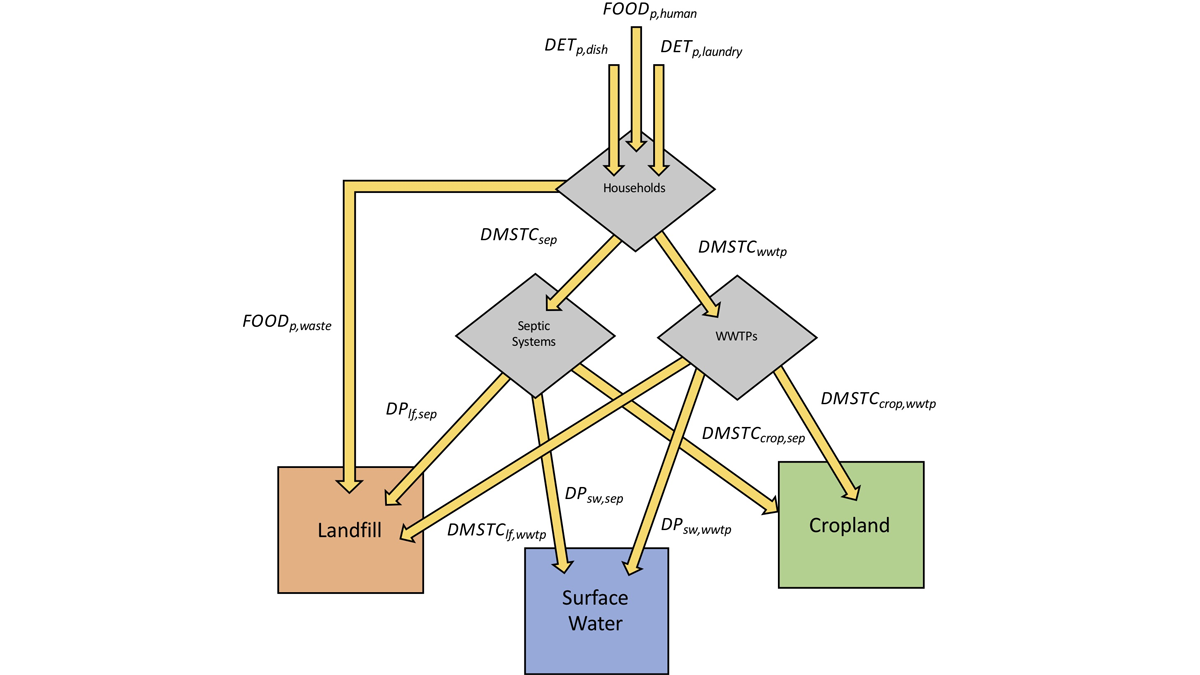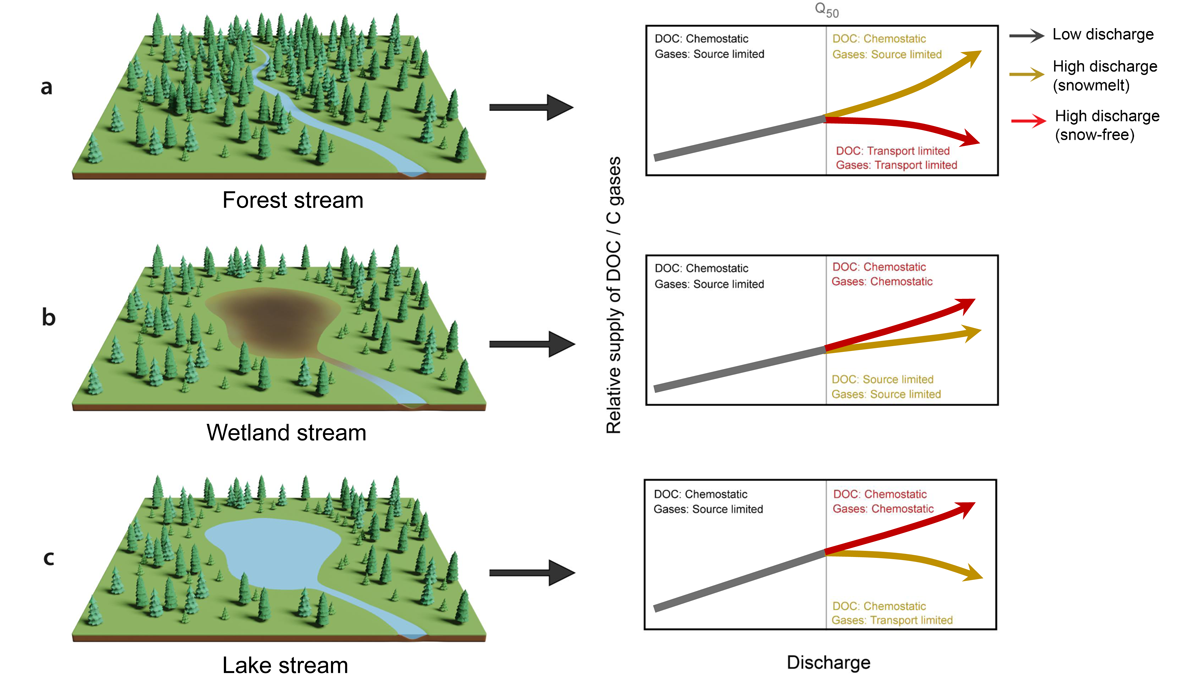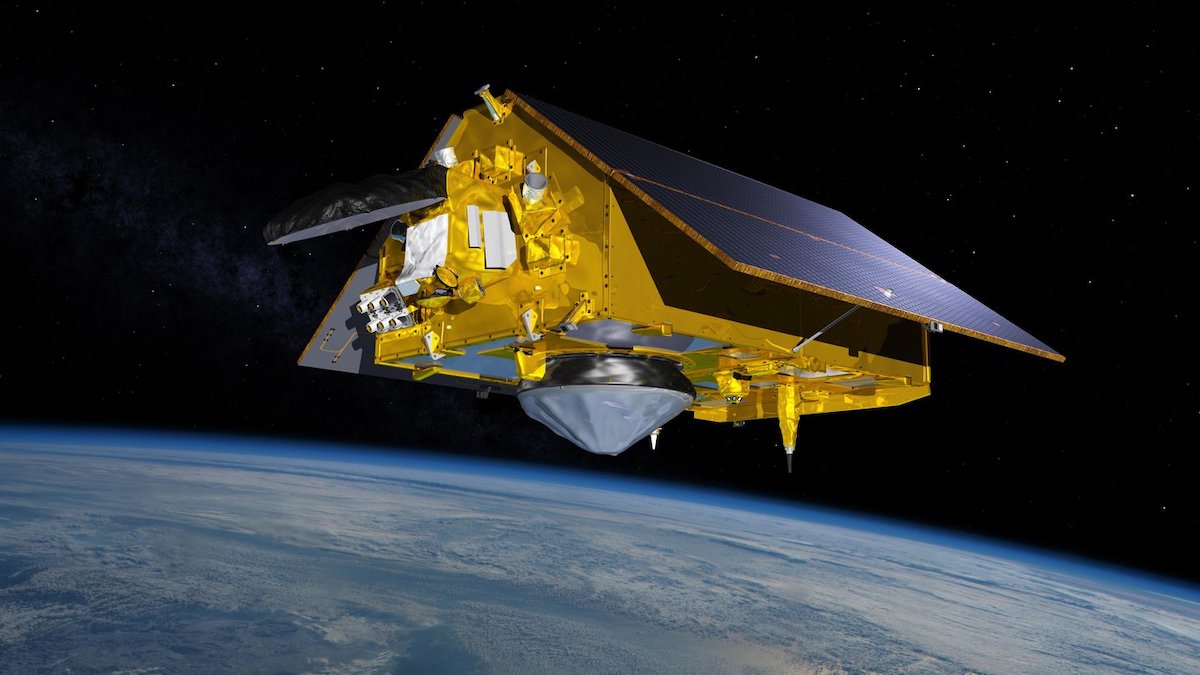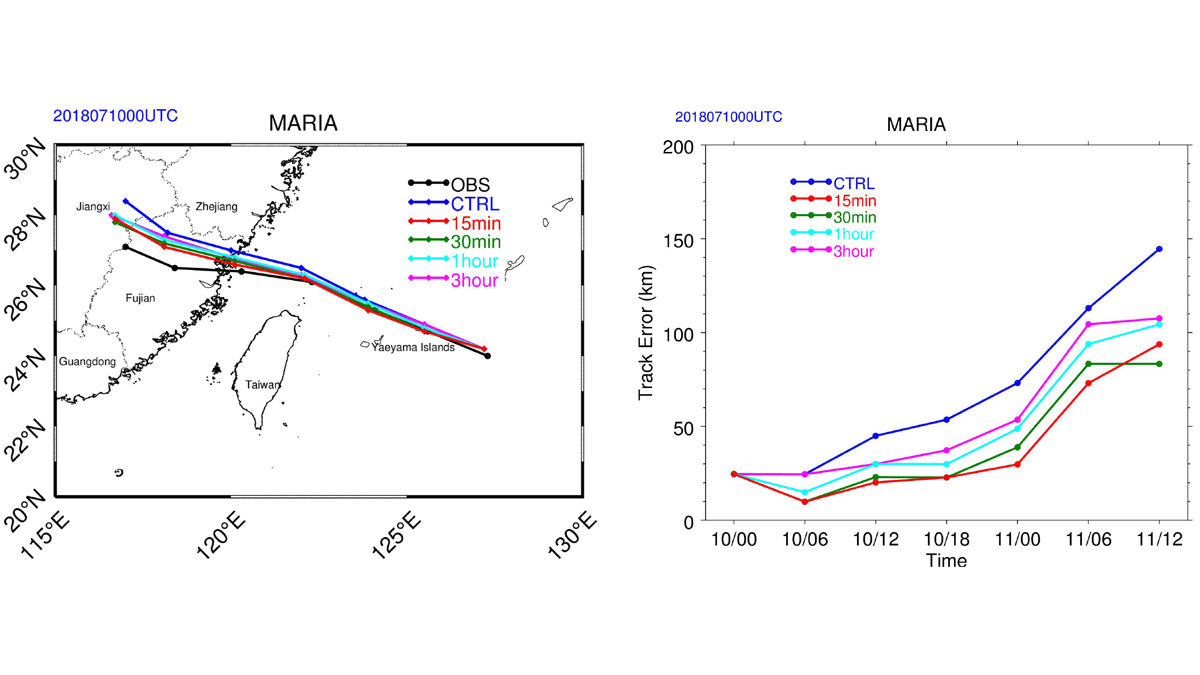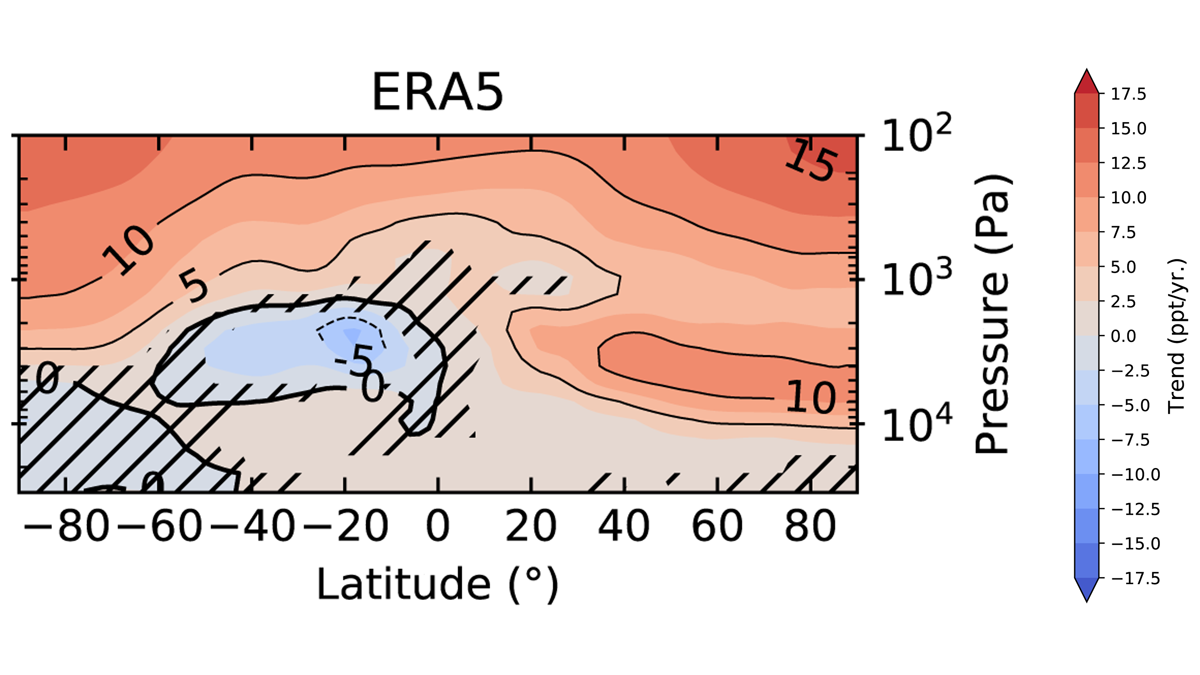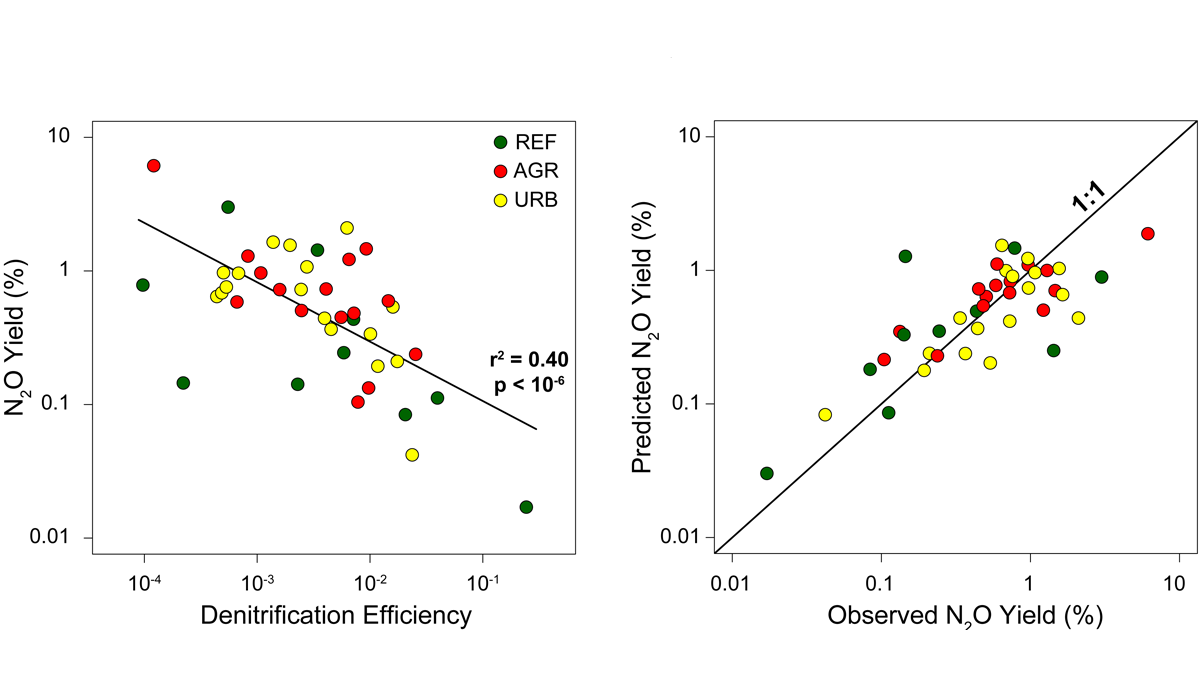The geomagnetic field intensity – poorly described – varies spatially and temporally on centennial time scales. A recent study fills an important gap in Central Asia and discusses global implications.
Editors’ Highlights
Pro-Poor Flood Risk Management Can Reduce Urban Inequality
Rich people’s aversion to flood risk results in poor people living in the most vulnerable locations poverty. Pro-poor flood risk management policies could have a significant impact on inequality.
Water Quality Policy Must Consider Stored Watershed Phosphorous
Phosphorous stored in watersheds and affects water quality for decades. A new model predicts phosphorus accumulation and depletion, and the consequences for water quality conservation measures.
American Legacy Paleosecular Variation Data Unlocked
The geomagnetic field changes regionally on centennial time scales. A recent study unlocks three historical archives from the “Four Corners” region (southwest USA) reconciling previous discrepancies.
Export of Different Carbon Types from a Boreal Catchment
Carbon export in boreal catchments depends on the landscape setting and differs for snowmelt and rainfall events.
New Standards Spur Water Utilities to Improve Compliance
Although American water utility companies take time to modify procedures and technologies in response to new quality requirements, ultimately it reduces the rate at which they violate standards.
Transforming Hydrology by Integrating Sensors and Disciplines
Satellite sensing has transformed hydrology by providing global information on variables and fluxes. Breakthroughs will come from integrating sensing information and cross-disciplinary approaches.
Impact of Geostationary Sounder on Typhoon Forecasts
An analysis of the impact of targeted observations from the Geostationary Interferometric Infrared Sounder at high-temporal resolution on forecasts for Typhoon Maria in 2018.
New Insights on Stratospheric Circulation from Fluorine Tracers
Stratospheric fluorine species have accumulated faster in the Northern Hemisphere over the past two decades reflecting interhemispheric differences in the Brewer-Dobson transport circulation.
What Controls Nitrous Oxide Emissions from Rivers?
Statistical and numerical models show that denitrification efficiency is a key parameter controlling the production of N2O from rivers, providing a target for river restoration projects.



